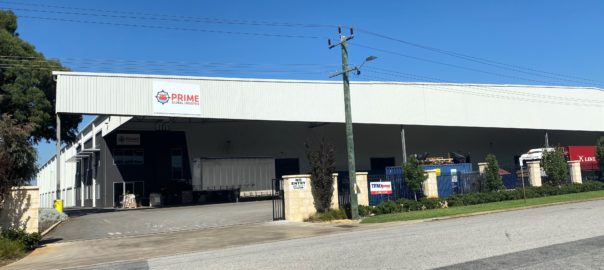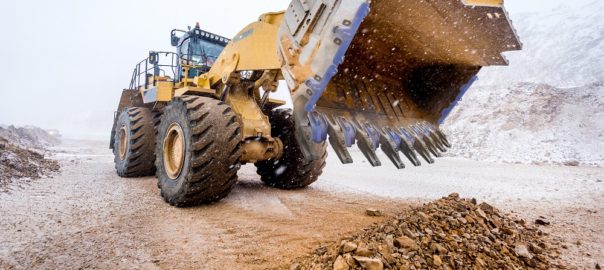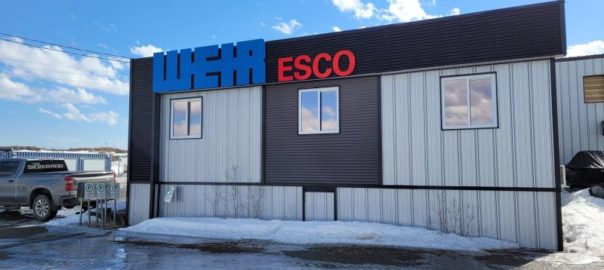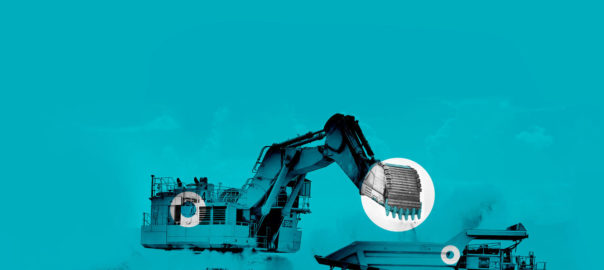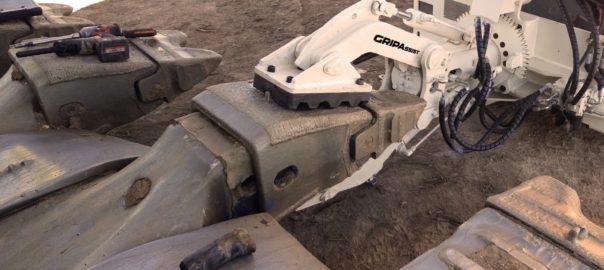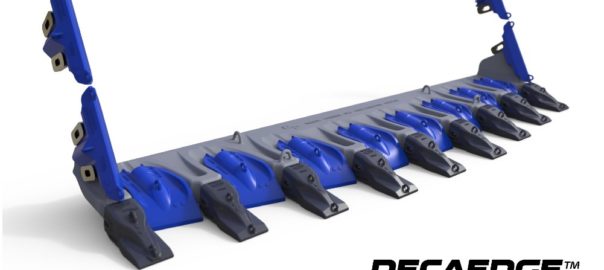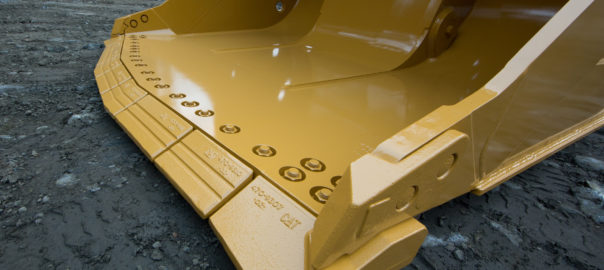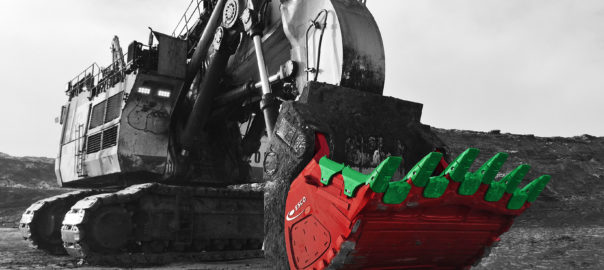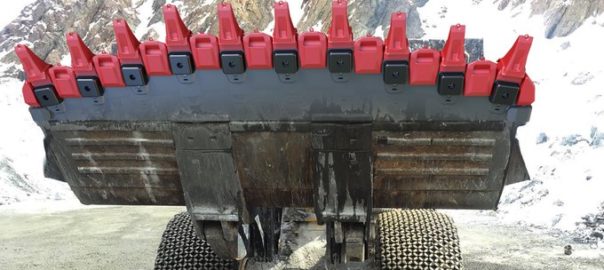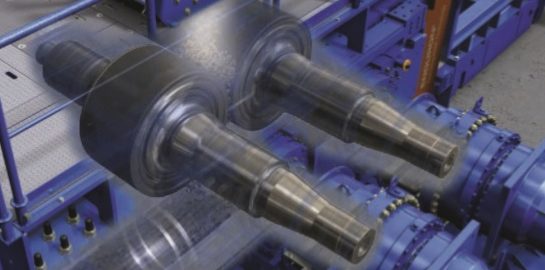Spain-headquartered MTG has opened a new distribution centre in Perth, Western Australia, in an effort to improve its global supply chain and closer align itself to key mining regions.
Confirming MTG’s commitment to the Australian market, the company says it has increased its local human resources in both its commercial and technical service.
The new centre, now 100% operational, allows improvement of availability, rapid and more efficient reaction times to changes in demand and an improved service to MTG’s authorised dealer, 2MT Mining Products, and the whole mining industry, it said.
MTG, which provides leading bucket protection solutions for mining, says it has partnered with 2MT to offer the best ground engaging tool (GET) solutions, maximising the productivity, efficiency and performance of customers’ mining equipment, while assuring the best service.
“2MT’s full coverage of the Australian market through strategically located branches, highly trained sales and support representatives, extensive on-site support, field expertise in monitoring GET and buckets is the perfect combination to meet and exceed their customers expectations,” it said.







